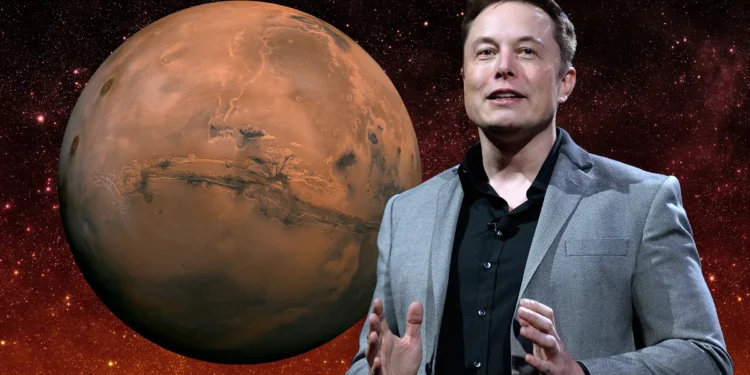When Elon Musk talks about humanity’s future, he’s not just dreaming of electric cars and underground tunnels. The SpaceX CEO envisions something far more ambitious: a self-sustaining city on Mars. But like everything Musk sets his sights on, the numbers are astronomical — and that’s not an exaggeration.
In a recent exchange on X (formerly Twitter), Musk broke down the staggering costs and challenges of making life on Mars a reality. Spoiler alert: it’s not going to be cheap, but he’s optimistic that technology will make it more feasible.
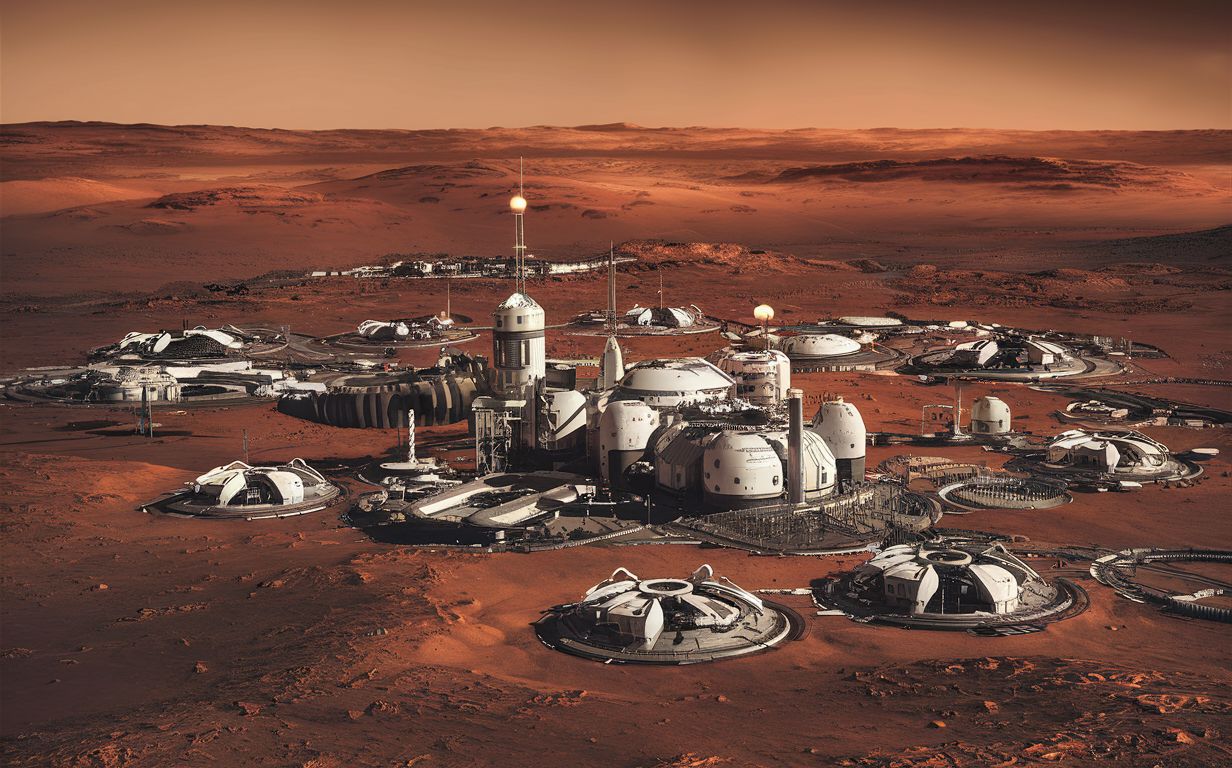
The Billion-Dollar Barrier To Mars
In his conversation, Musk highlighted just how expensive it is to send anything to Mars right now. According to him, recent U.S. Mars missions have cost approximately $1 billion per ton of useful load sent to the Martian surface — and these costs have only been increasing.
“It’s become more, not less, expensive over time!” Musk said, acknowledging that the current technological constraints make space travel prohibitively costly. And while these missions are essential for scientific research, they aren’t laying the groundwork for a full-fledged human colony.
Musk’s vision, however, is not just about a few missions here and there. He’s talking about building a city — and that’s where the price tag goes into the stratosphere.
A Million Tons of Equipment — $1000 Trillion
So, what would it take to establish a self-sustaining human settlement on Mars? Musk estimates that it would require at least a million tons of equipment. And when you do the math using today’s rocket technology, the cost balloons to an incomprehensible figure: $1,000 trillion.
Let that sink in for a moment. That’s $1 quadrillion. To put it into perspective, the current U.S. GDP is around $29 trillion — meaning this Mars mission would cost over 34 times the total value of the U.S. economy.
Clearly, something has to change if humanity is going to make the leap to Mars.
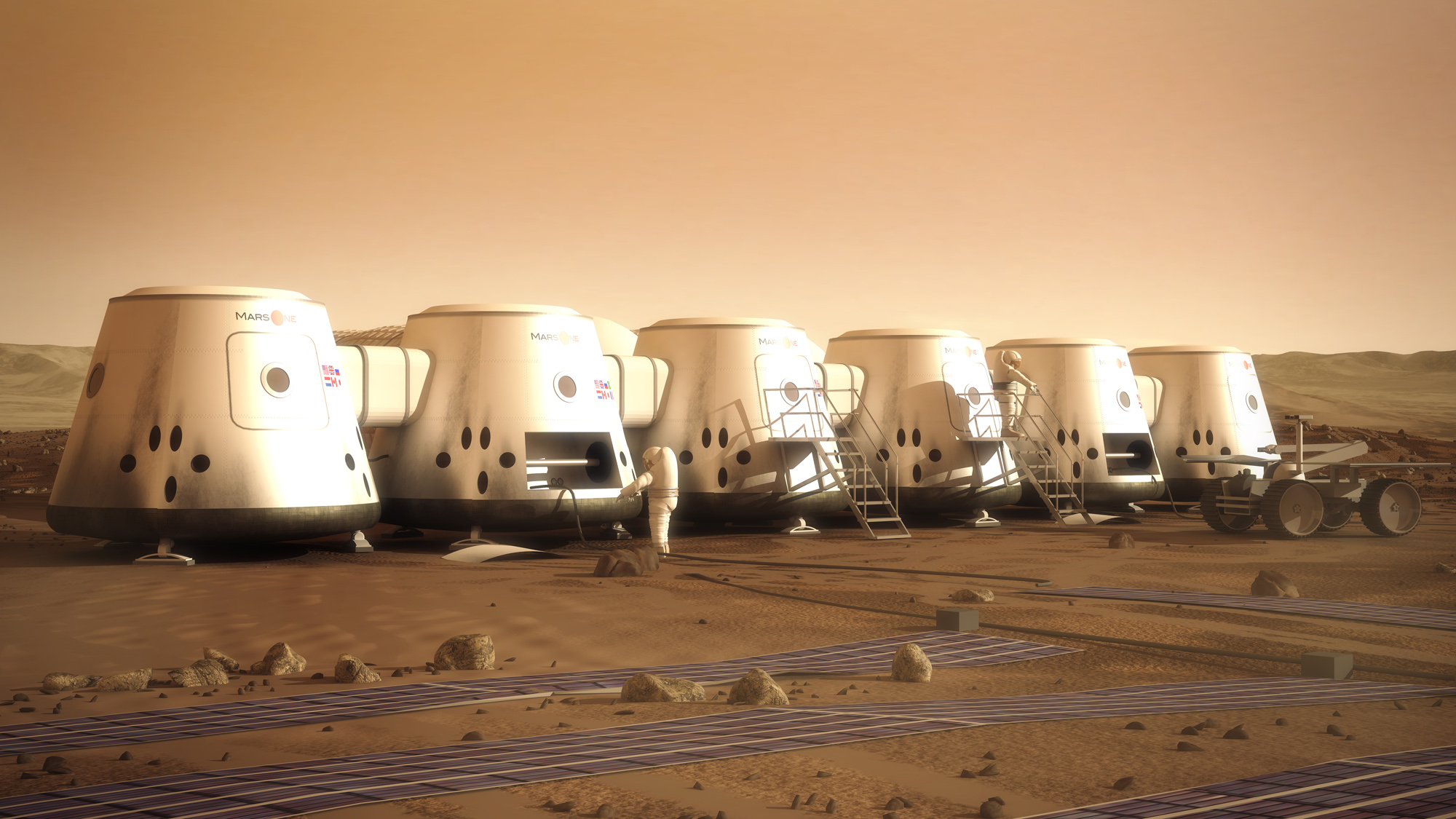
The Key To Reducing Costs: A 1,000X Leap In Rocket Technology
Despite these astronomical figures, Musk is confident that advances in rocket technology could drastically lower the cost of colonizing Mars. He believes that with innovations like the SpaceX Starship, the cost of building a city on Mars could be reduced by 1,000 times.
This would bring the total price down to a far more manageable $1 trillion. Even more interestingly, if that amount could be spread over 40 years, Musk calculates that it would cost less than $25 billion annually — an expense he argues “wouldn’t materially affect people’s standard of living on Earth.”
It’s a bold vision, but one that relies heavily on technological breakthroughs. Starship, SpaceX’s next-generation rocket, is at the heart of Musk’s plan. Designed to be reusable, it could drastically reduce the cost of launching to space, making Mars colonization a genuine possibility.
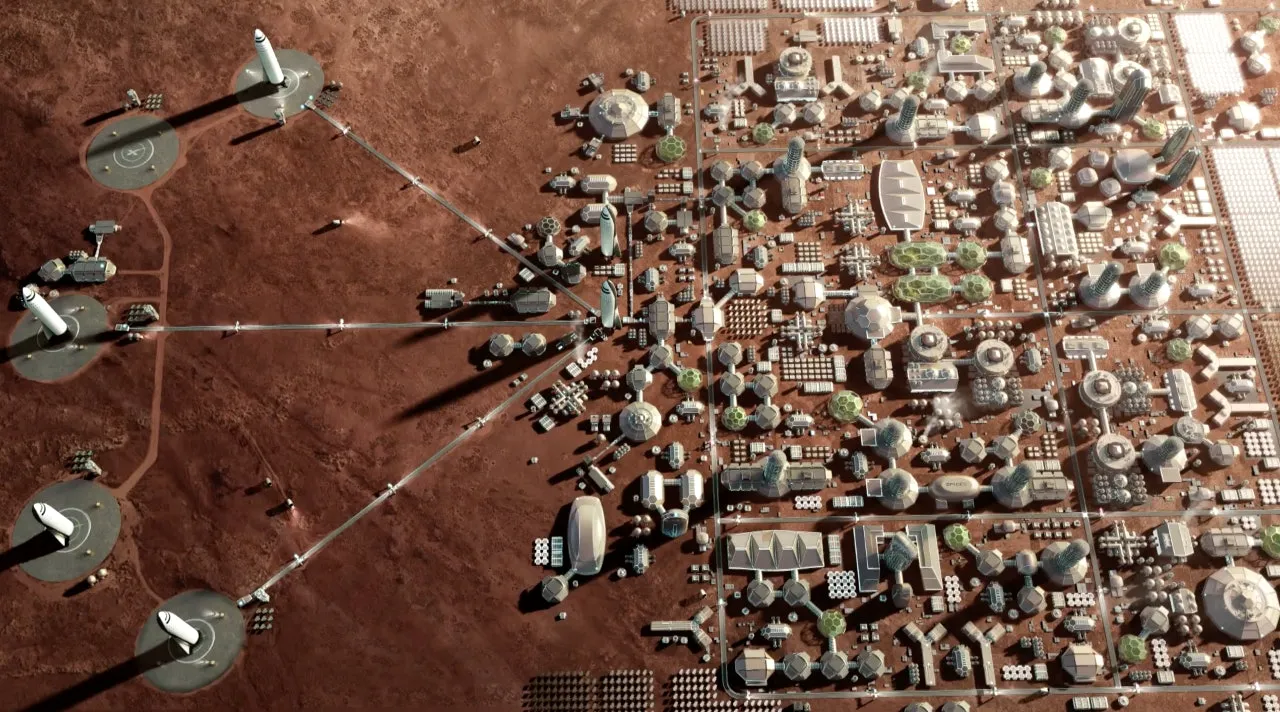
SpaceX’s Starship: The Future of Affordable Space Travel?
SpaceX has already been making headlines with its advancements in rocket reusability, a key factor in reducing the cost of space travel. On Sunday, the company’s Starship completed its fifth test flight, marking a significant milestone in its development.
The flight included the first-ever “catch” of the booster back at the launch tower — a technical achievement that could prove crucial in minimizing the costs of space missions. Musk has emphasized that Starship represents the 1,000X improvement needed to bring the costs of Mars colonization into the realm of possibility.
“Especially after yesterday’s booster catch and precise ocean landing of the ship, I am now convinced that it can work,” Musk tweeted, expressing renewed confidence in SpaceX’s progress.
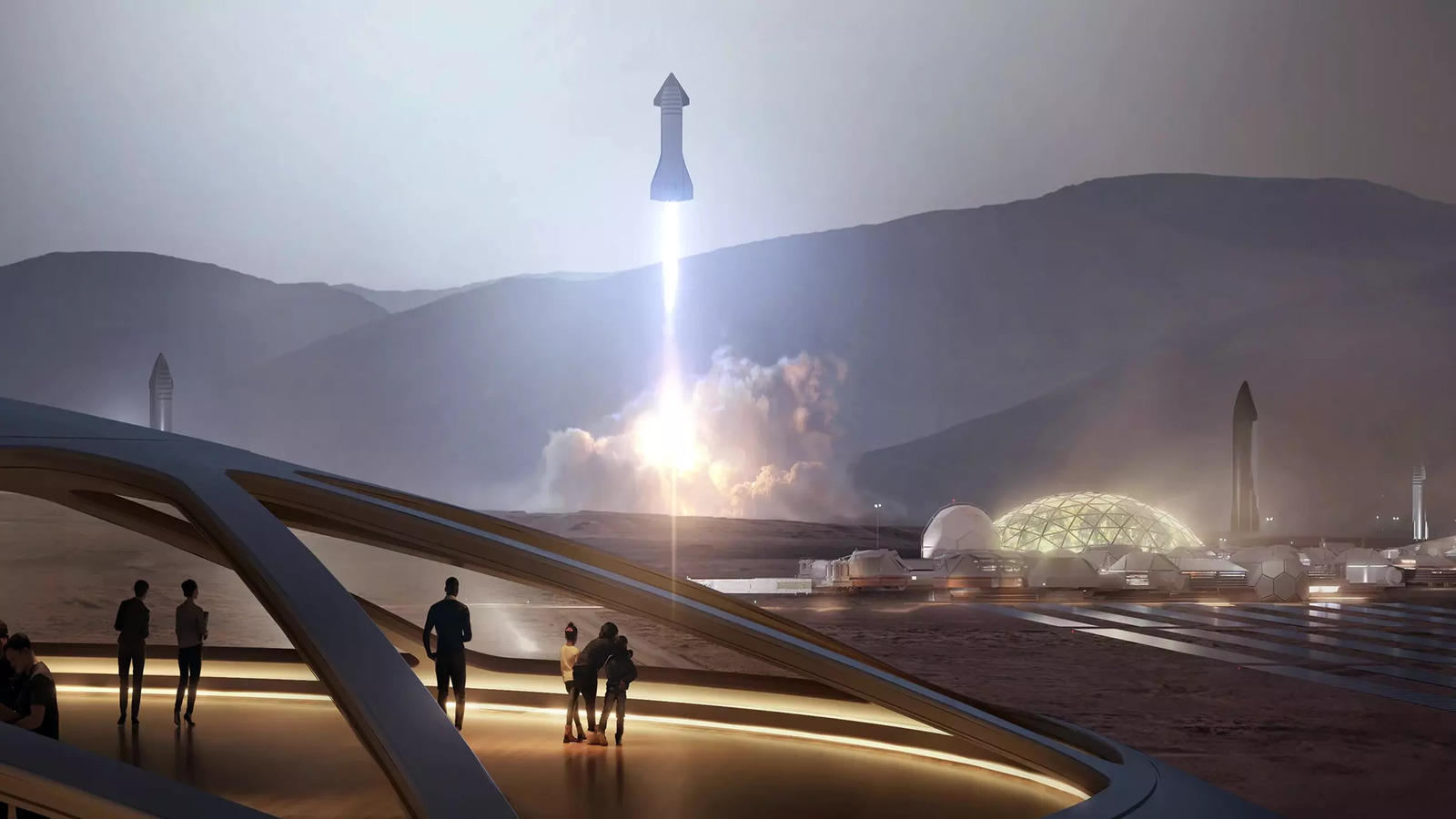
Why It Matters: Musk’s Vision Beyond Earth
Elon Musk’s mission to Mars is not just a vanity project. It’s part of a broader vision to make life multiplanetary, ensuring the survival of humanity in the event of a global catastrophe on Earth. As he has said many times, staying confined to a single planet is a risky long-term strategy.
But beyond the existential risks, Musk also believes that space exploration is vital for inspiring future generations. Just as the Apollo moon landings sparked a generation of scientists and engineers, a successful mission to Mars could have a similar effect, pushing the boundaries of human achievement.
Moreover, the success of Starship could open up new commercial opportunities, from space tourism to mining asteroids, further justifying the investment in space technology.
The Road Ahead: Challenges and Optimism
While Musk’s optimism is contagious, there are still massive hurdles to overcome. The cost reductions he envisions will require significant advances in rocket reusability, propulsion, and spacecraft design. SpaceX will also have to navigate regulatory challenges, particularly from the Federal Aviation Administration (FAA), which has been cautious in granting approvals for Starship’s tests.
Nonetheless, Musk remains undeterred, and the progress made so far suggests that while Mars colonization may not happen overnight, it’s no longer the realm of science fiction.
With each successful Starship flight, SpaceX gets closer to its goal, and with it, the possibility of humans living on Mars comes into clearer focus.
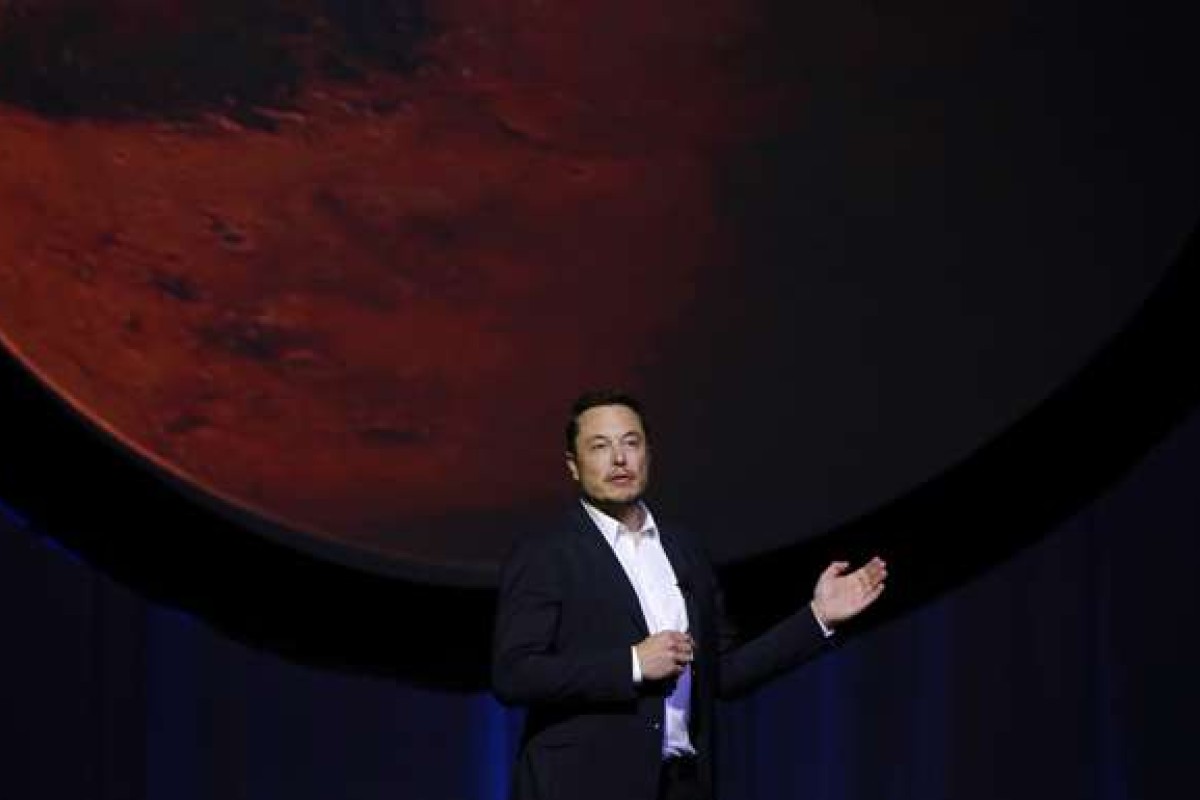
Final Thoughts: From Dreams to Reality
Elon Musk’s Mars mission may carry a staggering price tag, but as with all of his ventures, it’s rooted in the belief that technology can solve humanity’s greatest challenges. While $1,000 trillion may seem impossible today, the innovations happening at SpaceX suggest that tomorrow’s reality could be very different.
As the race to Mars continues, one thing is clear: Musk’s vision is not just about reaching the Red Planet. It’s about pushing the boundaries of what humanity is capable of — and making sure that we’re ready for whatever the future may hold, both on Earth and beyond.

